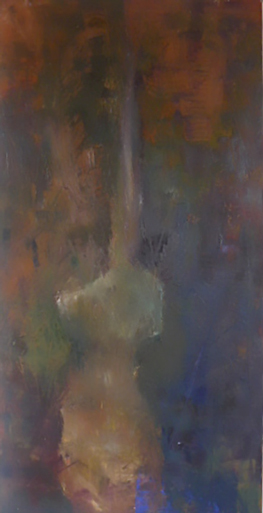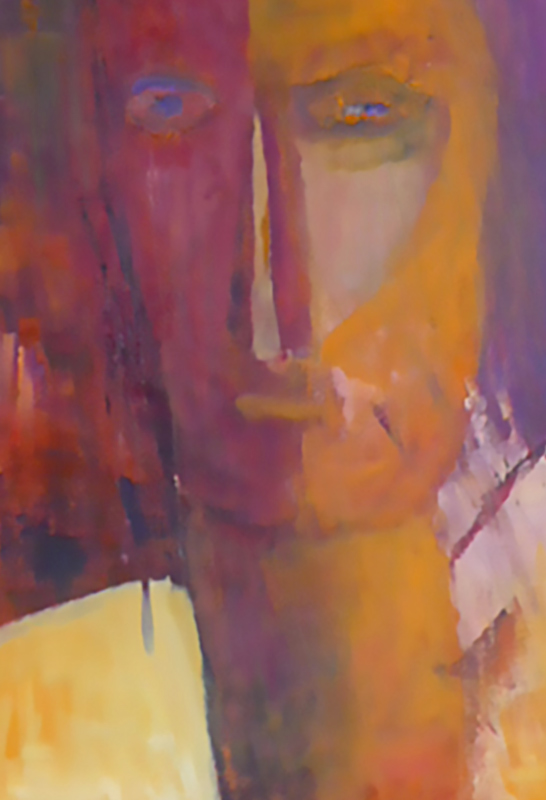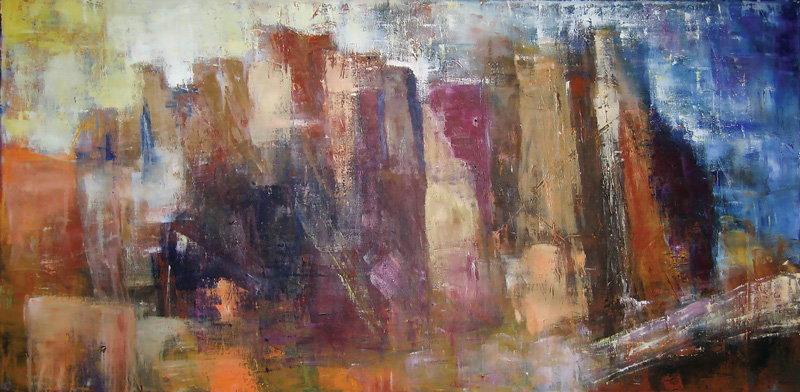Part 2: Orpheus
In my blog about Eurydice https://margotaloudon.eu/orpheus-and-eurydice/ , we left Orpheus at the point at which Eurydice died for a second time. A grief-stricken Orpheus continued to roam Thrace, inconsolable, and although with his music he could charm wild animals and indeed the whole natural world, his obsessive grief enraged a mob of Thracian women, perhaps followers of the wine god Dionysus who is associated with Thrace. The noise they made drowned out his music and they tore him to pieces. His head floated away still singing, until it washed ashore on the island of Lesbos.

For my 2005 exhibition, in addition to the archaic Greek statues from the sixth century bce, I also found inspiration in Cycladic works. These small sculptures dating from the third millennium bce render the human figure with essential simplicity and beauty, Bodies are schematic, heads have minimalist features. I find them quite beautiful. It is no wonder artists like Brancusi found inspiration in them. I returned to these statuettes in my work , but this time as well as painting the heads, I painted the so-called Violin figures. These are remarkable statuettes in which body and head have been reduced to a very basic shape, looking to modern perceptions like a musical instrument, giving them their name. This image suggested to me the mythical poet/musician.
The heads made me think of his decapitated head.
These different elements gave my work a coherent theme for my 2015 exhibition, Reflections of a Myth.

There was an additional element. In 2010 I visited for the first time the beautiful Rhodope mountains in southern Bulgaria, ancient Thrace. The geology of this area, with superimposed layers of rock, is rich in exciting formations, sculpted forms, caves, and gorges. I was thrilled to view one massive formation rise sheer, its face showing what looked like a natural sarcophagus. The tour guide, contradicting the myth, said it was known as the tomb of Orpheus. I just wanted to paint it.
There is a postscript to the mythical associations of Orpheus with the Rhodope mountains. Back there in 2019, I visited a cave that was discovered in the twentieth century. The cave’s features, including its fast-flowing underground river, made its discoverers think of the descent of Orpheus into the underworld.

